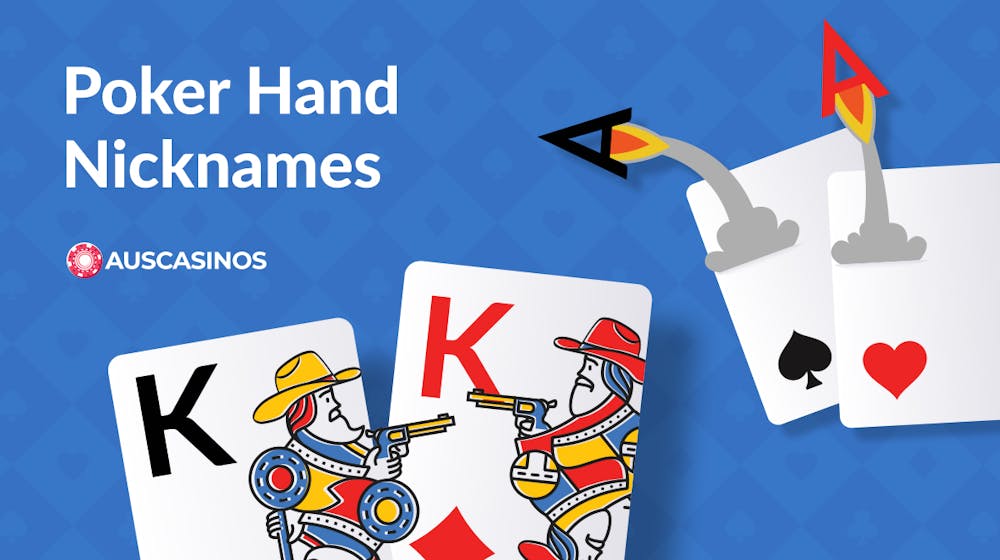How to Play Seven Card Stud Poker Like an Expert


7 Card Stud Poker is a classic poker game that has captivated players for generations. Unlike Texas Hold'em, where community cards are shared, 7 Card Stud involves each player receiving their own unique set of cards.
It was once the most popular form of poker before the rise of Texas Hold'em in the late 20th century. Despite this shift, 7-Card Stud remains a staple in many poker rooms and tournaments at online poker sites, appreciated for its strategic depth and the skill required to excel.
Whether a fresh face or a bit more experienced, by the end of this tutorial, you will have grasped the basic rules of 7 Card Stud, understood the betting rounds, learned about hand rankings, and developed insights into starting hand selection.
7 Card Stud - 4 Key Takeaways
- Watch your opponents' visible cards and betting patterns for valuable insights.
- Strong starting hands are essential; fold weaker ones early.
- Adjust your strategy as betting limits double and position shifts after each street.
- Bluff wisely and remember folded cards to assess your odds better.
Rules
7 Card Stud is played with a standard 52-card deck and typically involves 2-8 players. The game aims to make the best five-card poker hand using seven cards dealt to each player over multiple betting rounds.
Here's a breakdown of how a hand of 7 Card Stud unfolds:
Antes
Each player posts a small bet to start the hand.
Third Street
Action: Each player is dealt two face-down cards (hole cards) and one face-up card.
Betting: The player with the lowest face-up card must make a bring-in bet. Afterwards, players can choose to fold, call, or raise.
Fourth Street
Action: Each player is dealt one additional face-up card.
Betting: The player with the highest two face-up cards starts the betting round. Players can choose to bet, raise, or fold.
Fifth Street
Action: Another face-up card is dealt to each player (third face-up card).
Betting: Again, the player with the highest face-up combination starts the betting round. In most games, the betting limit doubles at this point.
Sixth Street
Action: Each player is dealt their final face-up card (fourth face-up card).
Betting: Betting proceeds as before, with the highest face-up cards initiating the action.
Seventh Street (The River):
Action: The final card is dealt face-down to each player (third hole card).
Betting: The final round of betting begins with the player with the highest combination of face-up cards.
Showdown
After all betting rounds are complete, if more than one player remains, players reveal their hands, using the best five cards from their seven to determine the winner.

7 Card Stud Poker: The Basic Betting Action
In 7 Card Stud, betting action is crucial to the game's strategy. Players have several options when it's their turn to act, each with its own strategic implications:
- Fold: Give up your hand and forfeit any chance of winning the pot.
- Check: Pass the action to the next player without betting (only possible if no bet has been made in the current round).
- Call: Match the current bet to stay in the hand.
- Bet: Open the betting if no one else has bet.
- Raise: Increase the current bet, forcing others to match it or fold.
The betting action in 7 Card Stud is typically structured with fixed betting limits, meaning there's a predetermined amount that players can bet or raise. This structure adds an extra layer of poker strategy to the game, as players must carefully manage their bets throughout the hand.

7 Card Stud Poker Antes and Bring-In
In 7 Card Stud, antes and the bring-in bet are crucial elements that drive the action and build the pot from the start of each hand. Unlike games with poker blinds, all players contribute to the pot before receiving any cards.
- Antes: Every player posts a small, mandatory bet before the cards are dealt. This ensures there's always money in the pot to play for, encouraging action. The ante is typically a fraction of the small bet (e.g., in a $10/$20 game, the ante might be $1).
- Bring-In: After the initial three cards are dealt, the player showing the lowest-ranking door card (the face-up card) is required to make the bring-in bet. This bet is usually smaller than the small bet but larger than the ante. The bring-in player has two options:
- Post the bring-in amount (e.g., $3 in a $10/$20 game)
- Make a full bet (the small bet amount, e.g., $10)
The bring-in initiates the first betting round and ensures that there's always action in the hand, even if all players have weak starting hands. This unique feature of 7 Card Stud adds an exciting dynamic to the game, as the player forced to bet might not have the strongest hand to start.

Table Position in 7 Card Stud Poker
Unlike community card games like Texas Hold'em, where poker positions are fixed, table position in 7 Card Stud is not fixed throughout the hand. Instead, the betting order changes based on the visible cards with each round. This dynamic positioning adds an extra layer of strategy to the game.
- Third Street: The player with the lowest-ranking door card acts first, making the bring-in bet. The action then proceeds clockwise.
- Fourth Street and Beyond: The player showing the highest-ranking hand acts first, with action continuing clockwise.
- Ties: If visible hands are tied, the player closest to the left of the dealer acts first.
This changing order of play requires players to reassess their position and adjust their strategy accordingly. Being last to act is generally advantageous, as it lets you see how other players react before deciding. However, this advantage shifts throughout the hand, making 7 Card Stud a more complex game with positional play.
7 Card Stud Poker Hand Rankings
In 7 Card Stud, hands are ranked according to standard poker hand rankings, from highest to lowest:
Understanding these rankings is crucial for making decisions throughout the hand, especially when assessing the strength of your hand relative to what you can see of your opponents' hands.

Winning a Hand in 7 Card Stud Poker
In 7 Card Stud, there are three primary ways to win a hand:
- Showdown Victory: If two or more players remain after the final betting round, they reveal their hands. The player with the highest-ranking five-card hand wins the pot.
- Uncontested Win: If all other players fold before the showdown, the last player remaining automatically wins the pot, regardless of their hand strength.
- Bluffing: A skilled player can win with an inferior hand by convincing opponents to fold better hands through aggressive betting.
7 Card Stud Poker Starting Hands
Selecting the right starting hands is crucial in 7 Card Stud. Your initial three cards greatly influence your chances of building a strong hand. Here's a cheat sheet:
| Hand Type | Examples |
| Best Hands | A♠ A♦, K♣ K♥, Q♠ J♠ |
| Good Hands | 10♣ 10♦, A♣ K♠, 9♠ 8♠ |
| Speculative Hands | 5♣ 6♣, 7♦ 8♦, 3♠ 4♠ |
| Bad Hands | 2♣ 3♦, 4♠ 5♣, 9♣ 10♦ |
Betting in 7 Card Stud Poker
Effective betting in 7 Card Stud is crucial for maximising wins and minimising losses. Key considerations include:
- Why bet?
- To build the pot when you have a strong hand
- To gain information about opponents' hands
- To bluff or semi-bluff weaker hands out of the pot
- When to bet?
- When you have the best hand or a strong draw
- When your opponents' visible cards suggest weakness
- When you can represent a strong hand convincingly
- How much to bet?
- On early streets, bet the minimum to keep more players in with weaker hands
- On later streets, bet larger amounts to maximise value from strong hands
- When bluffing, bet an amount that puts significant pressure on your opponents while balancing risk and potential reward
Seven Card Stud FAQ

Emily is our seasoned content writer. She writes easy to read and helpful game guides, so you can quickly understand the rules of each game and get some useful tips that can help boost your chances of winning.
Read more about the author





